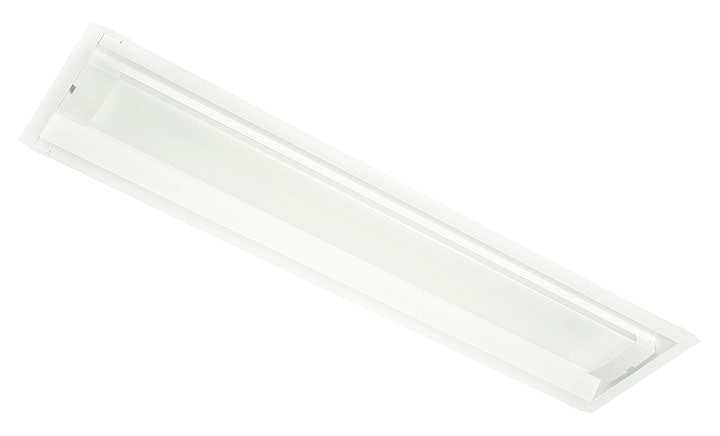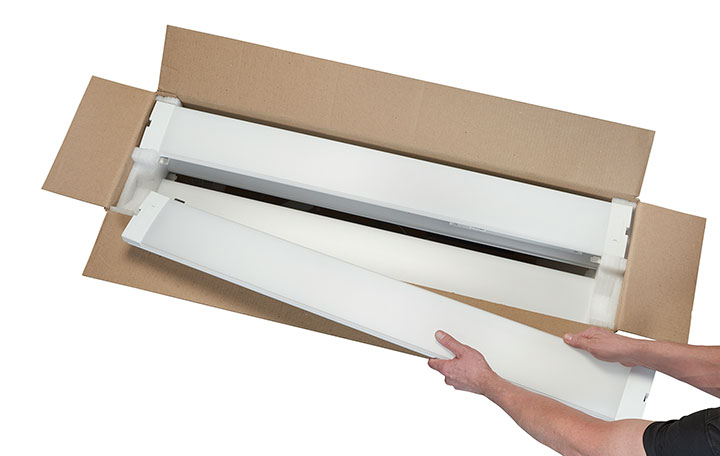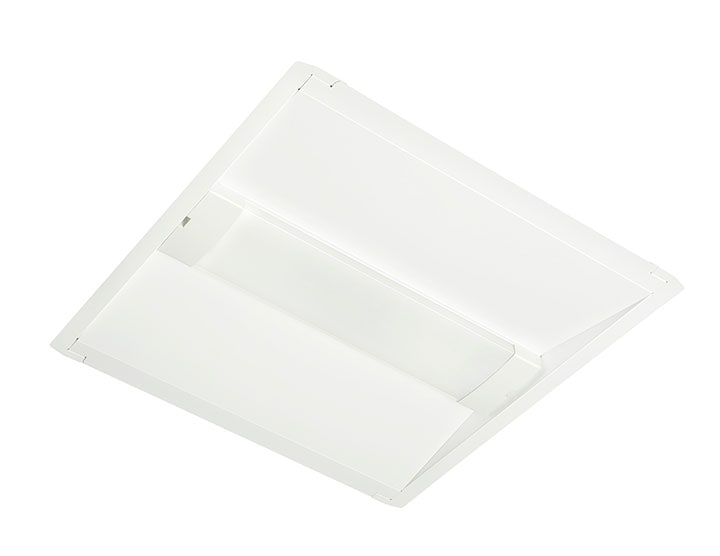
The LED revolution has been driven by the breakthrough energy savings realized by converting from legacy technologies to LED lighting. However, as incremental efficiency gains plateau, we need to shift our focus to creative ideas to go green beyond lighting.
One of the best ways to reduce the environmental footprint associated with LED lighting is to find innovative ways to reduce scrapping and packaging waste associated with retrofit jobs, as well as fuel consumption from transportation of new LED products. These concerns are the forefront in the design of the newly released EvoKit click.

By designing a retrofit that can be economically packaged and stacked on a pallet, we were able to reduce material waste by more than 60% and truck space utilization by over half versus previous generation. Furthermore, by converting to LED with a retrofit instead of a new fixture there is no need to scrap the existing fixture housing, reducing the burden on our landfills and energy intensive recycling processes.
With the sleek and modern look of a new LED fixture, the EvoKit click is the eco-friendly choice for any lighting upgrade. There are a variety of different models offering varying levels of efficacy, lumen outputs and CCTs, including models that utilize Philips Spacewise technology for highly customizable digitally controlled lighting.


November 14, 2023
How lighting technology can help reduce risks to migrating birds